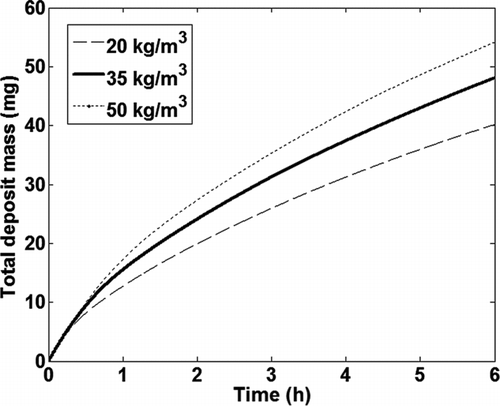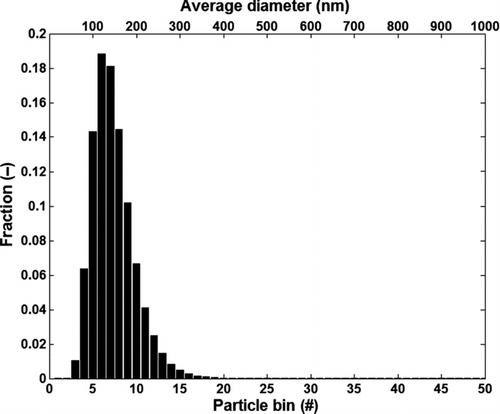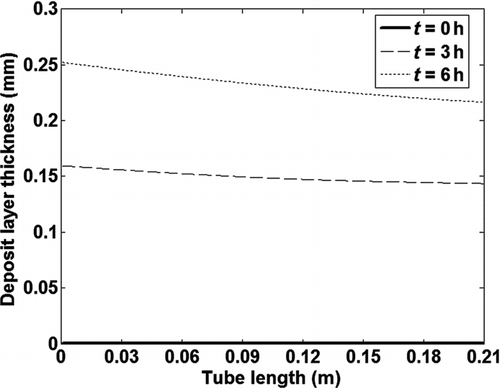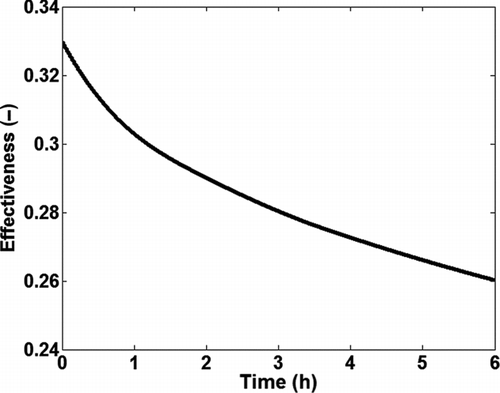Figures & data
FIG. 2 Particle distribution at pipe inlet. (a) Fractional distribution; (b) Cumulative distribution.
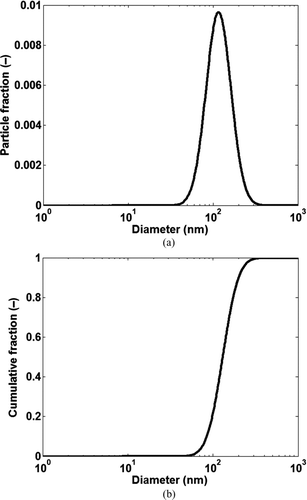
FIG. 4 Different forces acting on a particle resting on a flat surface and exposed to a shear flow. Point O is the fulcrum of rolling. (Abd-Elhady et al. Citation2010).
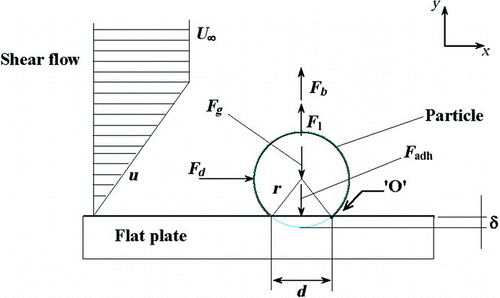
TABLE 1 HC species included in the model
TABLE 2 Boundary conditions of test case for model evaluation
TABLE 3 HC species concentrations
FIG. 6 Variation of the surface temperature of the deposit layer along the tube length at different exposure times.
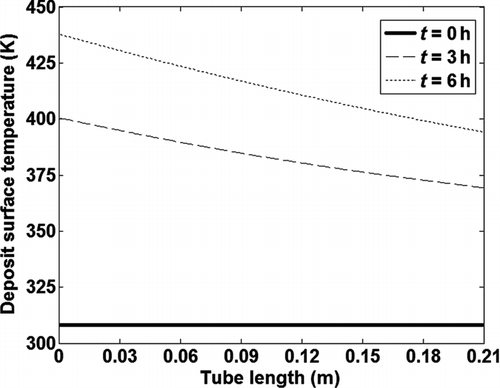
FIG. 8 Net soot mass and total HC condensed mass deposited in the tube as a function of time over 6 h.
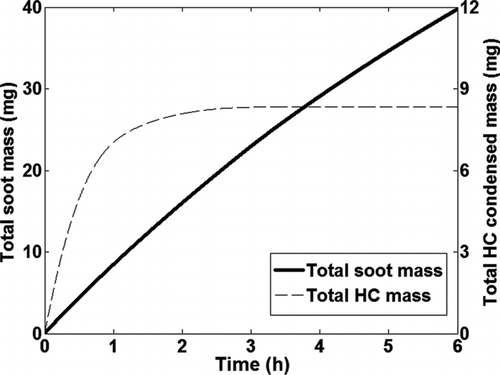
FIG. 10 Evolution of the particle bin distribution in the gas along the tube. (a) t = ½ h; (b) t = 6 h.
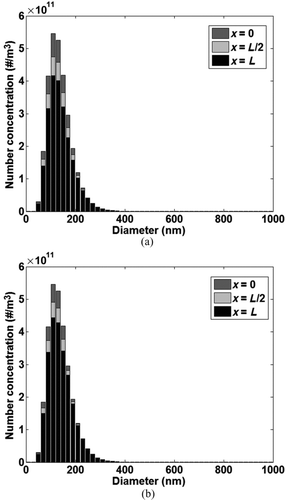
FIG. 11 Evolution of the deposit mass distribution as a function of time at (a) Tube Inlet; (b) Tube Outlet.
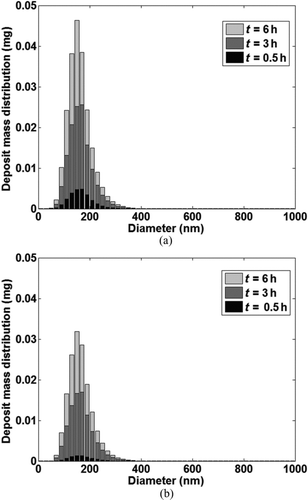
FIG. 12 Schematic flow diagram of the experimental setup (Abd-Elhady et al. Citation2010).
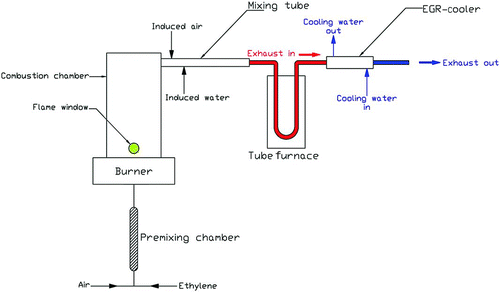
TABLE 4 Boundary conditions for experiments
FIG. 13 Comparison of effect of gas velocity on fouling layer thermal resistance between model and experiment for (a) 30 m/s; (b) 70 m/s; and (c) 120 m/s.
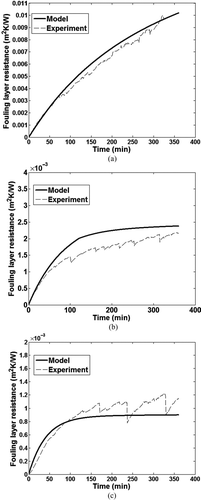
TABLE 5 Comparison of deposit layer thickness
TABLE 6 Effect of deposit layer thermal conductivity
FIG. 14 Effect of deposit thermal conductivity on total deposit mass calculated by the model as a function of time.
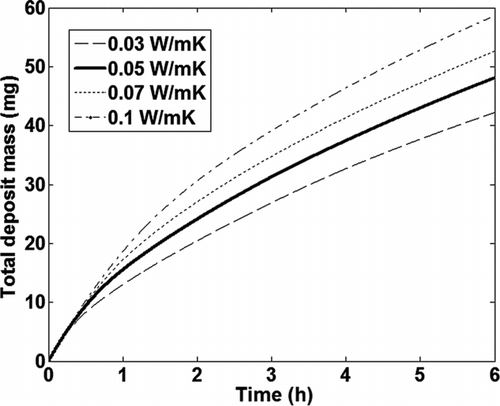
TABLE 7 Effect of deposit layer density
FIG. 15 Effect of deposit density on total deposit mass calculated by the model as a function of time.
